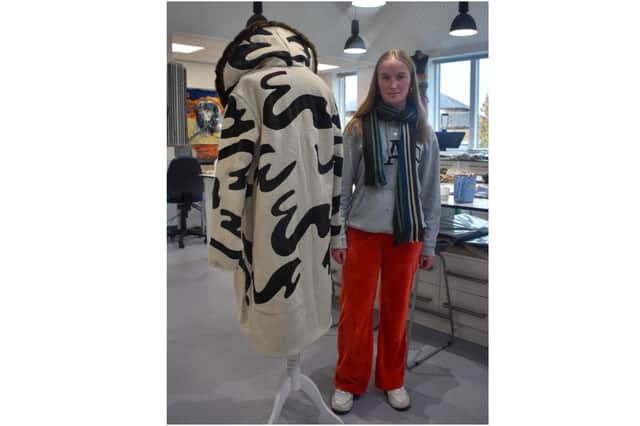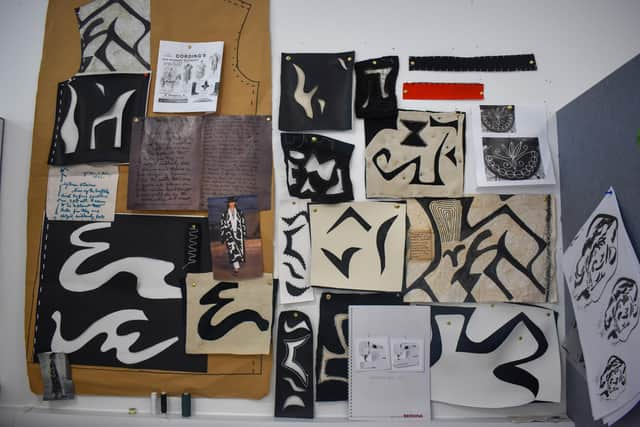Banbury textile student delves into her family's fascinating link with Victorian history to help her new design project


A Banbury textiles student has taken a journey through her family tree as part of a new design project.
Tudor Hall School Sixth Form student, Serena, has worked on an exciting A-level textiles project which took her on a voyage of discovery to learn more about her great great-grandfather, Sir Henry Morton Stanley GCB.
Advertisement
Hide AdAdvertisement
Hide AdSir Henry was sent to Africa in 1869 on a mission to find missionary, Dr David Livingstone who had been reported missing since 1866 after setting off to discover the source of the Nile.


After a gruelling journey that saw Sir Henry hit with severe sickness, Livingstone was found in Lake Tanganyika and he greeted him with the now famous words, “Dr. Livingstone, I presume”.
Serena harnessed her passion for her family story into producing garments depicting exploration and travel in the Victorian era.
Initially finding old letters written by her great great-grandfather, Serena took pictures of the letters and subsequently designed silk screen prints of the formation of the writing, adapting, and altering the letters into design motifs.
Advertisement
Hide AdAdvertisement
Hide AdThese were then used to create a pattern, combined with old woolen blankets donated by her grandmother which were then dyed.
To further inform her research, Serena then contacted several companies which had sourced aspects of Sir Henry’s travels along with museums which included The Royal Museum for Central Africa (RMCA) just outside Brussels who sent pictures of previous collections they had on Sir Henry.
Serena said: “My dad grew up in Sir Henry’s home and a lot of his belongings went to museums. I contacted a number of museums and the Geographical Association to see if I could see pictures and explore more of my great great-grandfather's life story. Cordings the men's outfitters were particularly helpful, and images of their resources that would have been used to fit out Sir Henry such as the ‘fur room’ inspired the use of fake fur on the collar, reminding me of a historical explorer.
“At the bottom of the coat, I will add my great great-grandfather’s signature, made from bugle beads, which will then be manipulated into the shape of free-flowing handwriting.”
